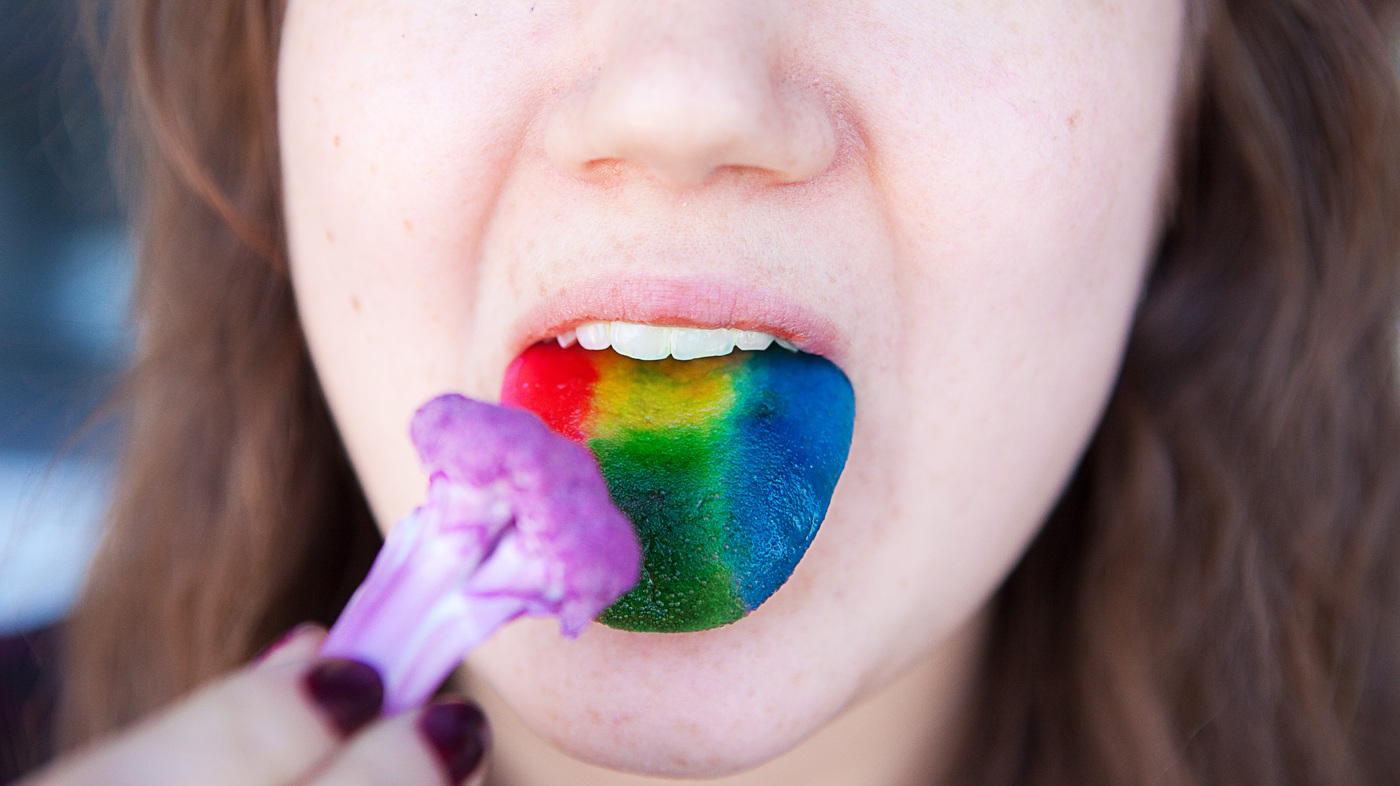What Is Synaesthesia?
Have you ever heard of a tune being described as purple? Or how about being told that the letter V tastes sour? No, I haven’t lost my mind, I’m actually describing how someone with synaesthesia might view the world.
Synaesthesia, from the Greek words “synth” (which means “together”) and “ethesia” (which means “perception), is a neurological condition in which information meant to stimulate one of your senses stimulates several of your senses. People who have synaesthesia are called synesthetes.
Researchers are still unsure about how common synaesthesia is. One 2006 study proposed that it occurs in 2 to 4 percent of the population.
Examples of Synaesthesia
If you have synaesthesia, you might notice that your senses tend to intertwine, giving your perceptions of the world an additional dimension. Perhaps every time you bite into a food, you also feel its geometric shape: round, sharp, or square.
You may be reading these words with a series of accompanying voices in your head, characterizing each sentence with an identity of its own as you would a person you were speaking to on the street.
Both these experiences are examples of synaesthesia.
Causes of Synaesthesia
People who experience synaesthesia are usually born with it or develop it very early in childhood. It’s also possible for it to develop later. Research indicates that synaesthesia can be genetically inherited.
Each one of your five senses stimulate a different area of your brain. Looking at a bright neon yellow wall, for example, will light up the primary visual cortex, at the rear of your brain. If you have synaesthesia, you may also feel like you can taste the colour of the wall while you look at it.
So not only will your primary visual cortex be stimulated by the colour, your parietal lobe, which tells you what something tastes like, is stimulated, too. That’s why researchers believe that people who have synaesthesia have a high level of inter-connectivity between the parts of the brain that are tied to sensory stimulus.
Some substances can cause you to temporarily experience synaesthesia. The use of psychedelic drugs can heighten and connect your sensory experiences. Mescaline, psilocybin, and LSD have been studied for their ability to induce this phenomenon. But other stimulants, like cannabis, alcohol, and even caffeine, have also been shown to cause temporary synaesthesia.

Symptoms of Synaesthesia
There are multiple types of synaesthesia, all with different symptoms. Grapheme-colour synaesthesia, where you connect letters and days of the week with colours, may be the most well-known. But there’s also sound-to-colour synaesthesia, number-form synaesthesia, and many others. You may have only one type of synaesthesia, or a combination of a few kinds.
People who have any type of synaesthesia tend to have these common symptoms:
- Involuntary perceptions that cross over between senses (tasting shapes, hearing colours, etc.)
- Sensory triggers that consistently and predictably cause interplay between senses (e.g., every time you see the letter A, you see it in red)
- Ability to describe their unusual perceptions to other people
If you have synaesthesia, you may be more likely to be left-handed and have a strong interest in visual arts or music. It would appear that synaesthesia is more common in women than in men.
Treatment for Synaesthesia
Synaesthesia poses no harm to your physical well-being, and does not have any treatment. Anecdotally, many people seem to enjoy perceiving the world in a different way than the general population.
Testing for Synaesthesia
You can take a free online assessment to see if you have synaesthesia, but this should be approached with caution. You can also ask yourself a few questions to begin the diagnosis process if you believe you experience the condition.
When you envision the letter “A”, does your mind assign a colour to the letter? Go through the entire alphabet, envisioning each letter, observing the colour it appears to you in your mind and writing it down. Repeat the exercise an hour or two later. Do the individual letters appear to be mostly the same colour every time you envision them? If they are, you could have synaesthesia.
Put on classical music and close your eyes. Choose a song that you aren’t familiar with before you relax and see what comes into your field of vision. What colour is the music? Do the instruments each seem to have a different colour? Do you have a strong visual component alongside what you’re hearing? If you do, you could have synaesthesia.
Hearing in colour and reading colours into words on a page adds a level of dimension to life that many of us can only dream of. What are your thoughts on the condition? Share them in the comments below.



